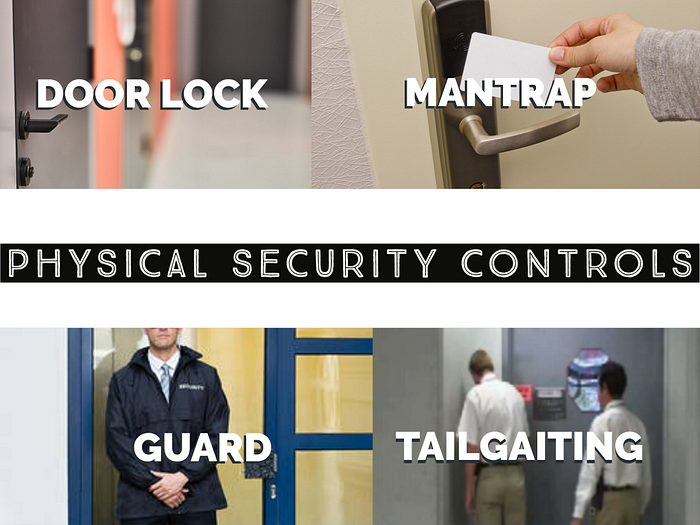What Are Security Controls in Cybersecurity?

In today's world, cyber-attacks keep evolving every day and have become more complex and sophisticated. Organization needs to implement security control that help to prevent, detect, and mitigate cyber threats and attacks. In this post, I will walk you through security controls, their types, and why it is essential in an organization.
What are Security Controls?
Security control is the management, operational, and technical control prescribed for an information system to protect the confidentiality, integrity, and availability of the system and its information. Security control can be physical, technical, and administrative control.
Physical Controls
Physical controls are controls implemented through a tangible mechanism. An example includes walls, fence locks, etc. In modern organizations, many of these physical controls are linked to technical systems such as badge readers connected to door locks. They typically provide ways of controlling, directing, or preventing the movement of people and equipment throughout a specific physical location, such as an office suite, factory, or other facilities.

Technical Controls
Technical controls are security controls that computer systems and networks directly implement. It can be configuration settings or parameters stored as data, managed through a software graphical user interface (GUI), or hardware settings done with switches, jumper plugs, or other means. However, the implementation of technical controls always requires significant operational considerations and should be consistent with the management of security within the organization. Examples include encryption, fingerprint readers, authentication, etc.

Administrative Control
Administrative controls are directives, guidelines, or advisories aimed at the people within the organization. They provide frameworks, constraints, and standards for human behavior, and should cover the entire scope of the organization’s activities and its interactions with external parties and stakeholders.
It is vitally important to realize that administrative controls can and should be powerful, effective tools for achieving information security. Even the simplest security awareness policies can be an effective control if you can help the organization fully implement them through systematic training and practice. Examples can be password policy and training activities.
Conclusion
To sum up, we have discussed the types of security controls which are physical, technical, and administrative controls. Effective implementation of these controls is necessary for the well-being and security of the organization.